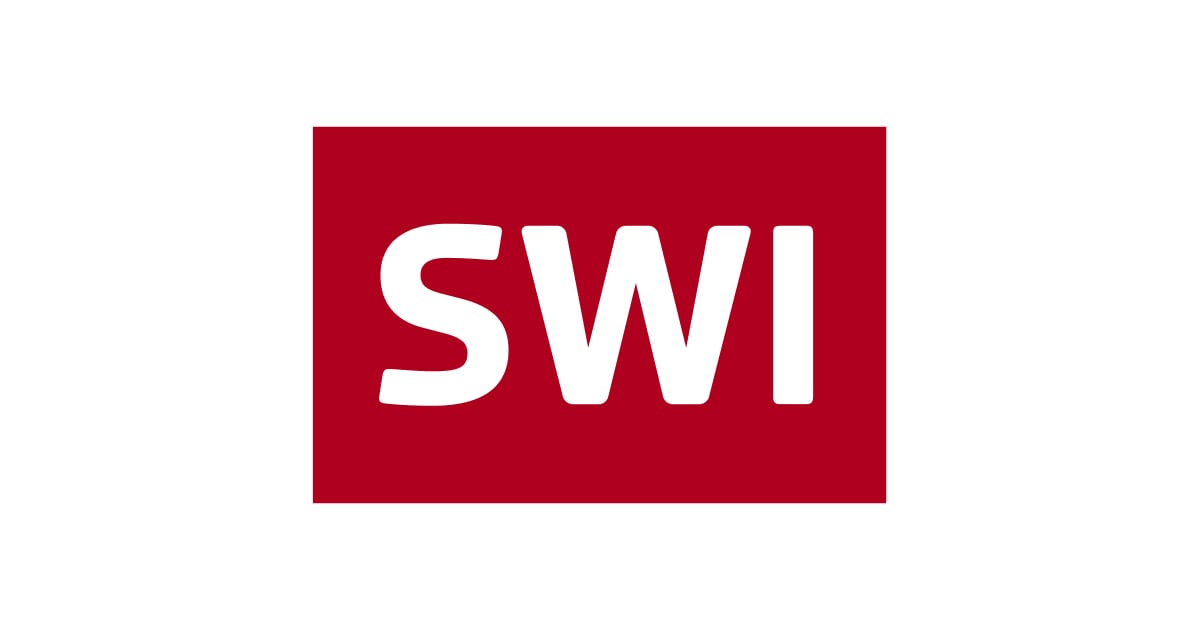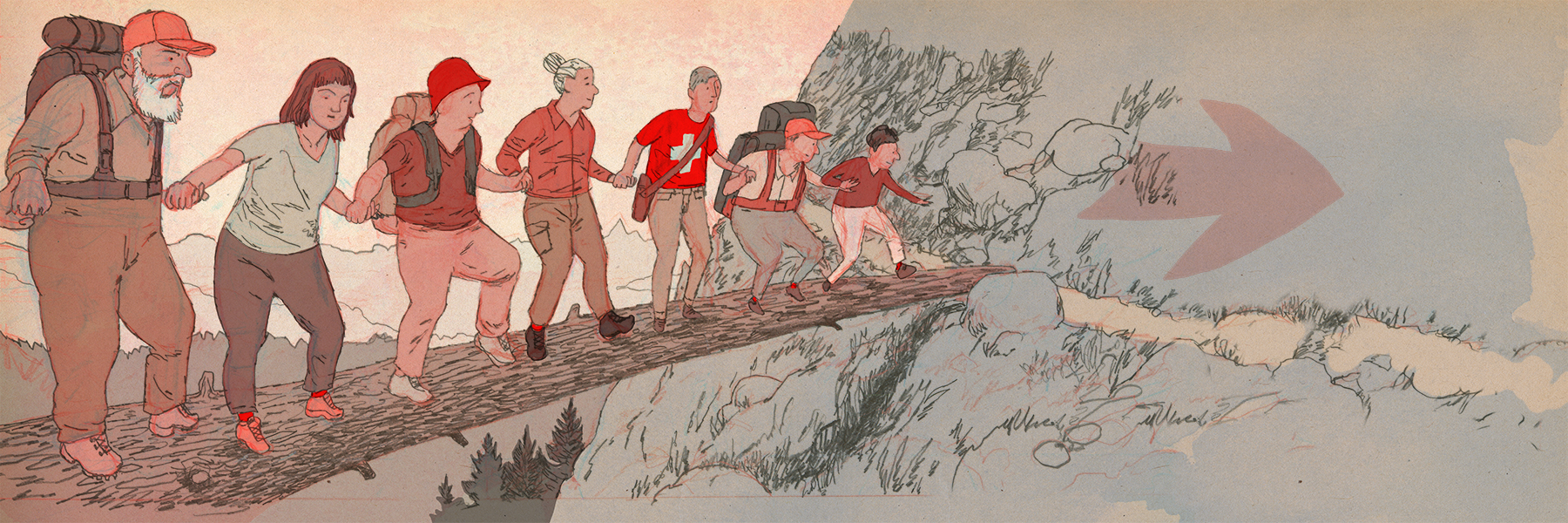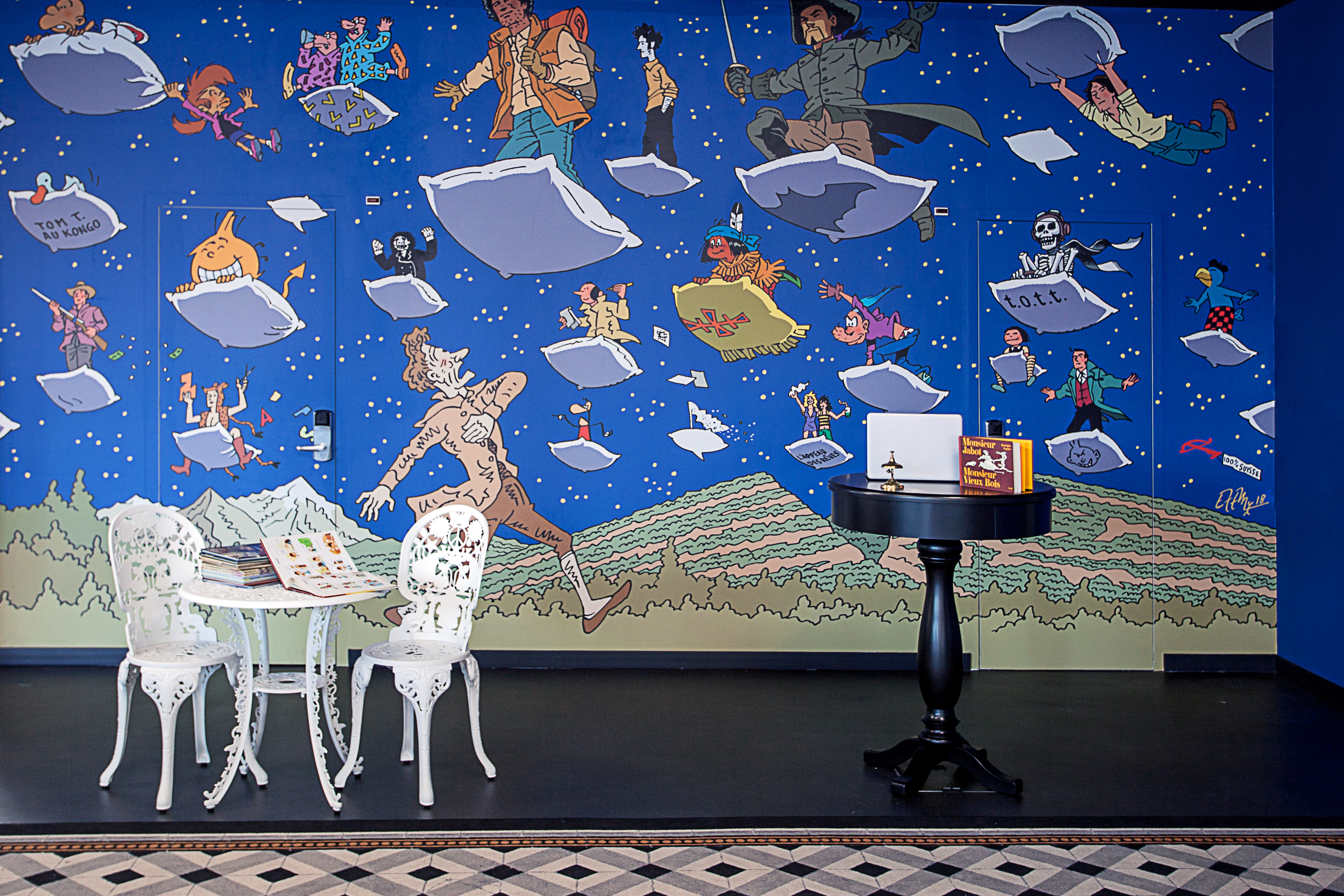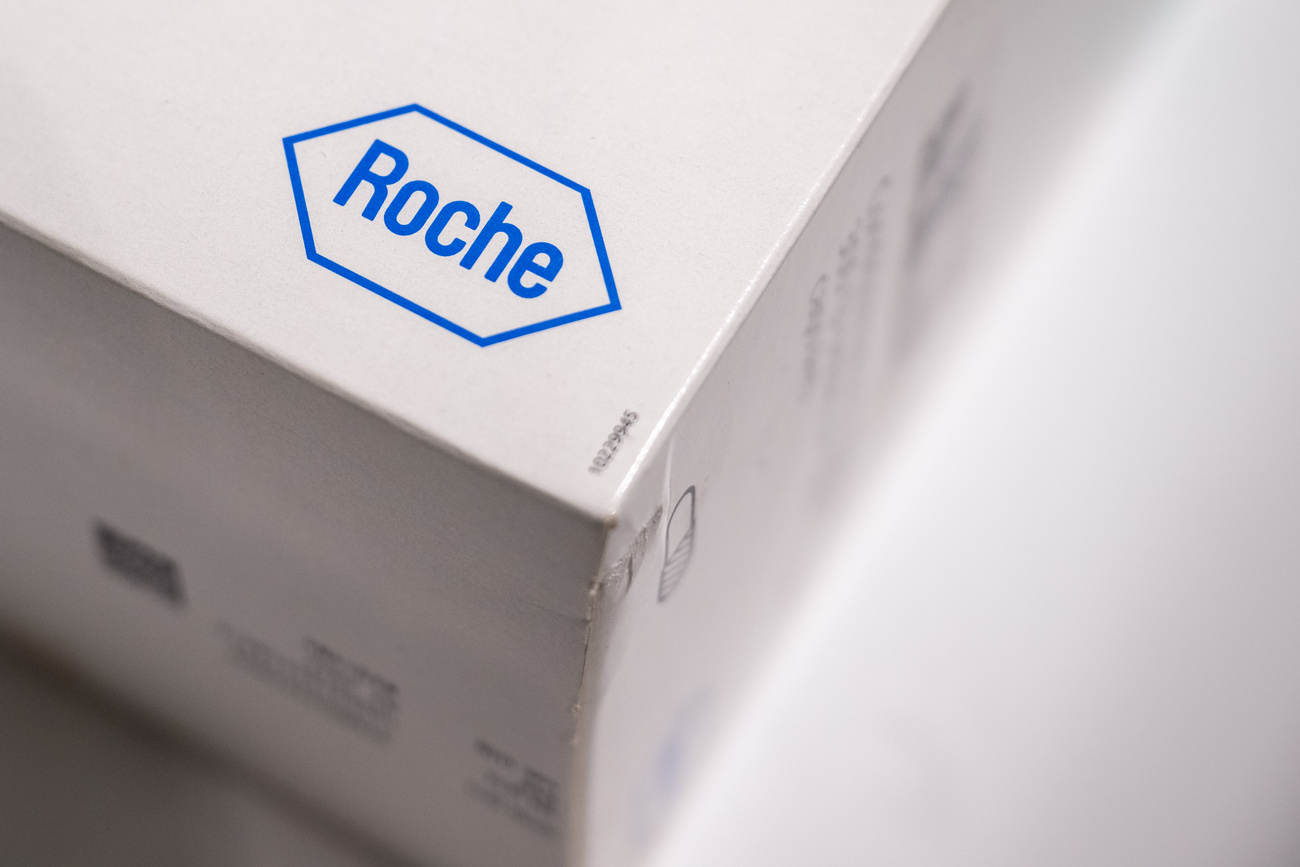
Carving up a new direction for Swiss cuisine

Our small table is groaning with food. Velvety tripe stew, a potato and cumin terrine swimming in cream, smoked local trout, shaved cheese and dried meats.
Dish after calorific dish is brought out for a food tasting by Philipp Mosimann. Elder son of Swiss chef Anton Mosimann, Philipp manages the family’s London restaurant, whose seasonal, fat-free “cuisine naturelle” is so beloved of Prince Charles.
Mosimann is here in the village of Kandersteg, deep in the Swiss countryside, on a mission ahead of the London Olympics. Fresh from being catapulted into the global spotlight by catering for the wedding of Prince William and Catherine Middleton, Mosimann’s has now been charged with feeding the House of Switzerland pavilion in London in 2012.
With canton Bern an official partner of the pavilion, Philipp Mosimann has come to the region to get ideas for a range of Bernese-style “comfort food”.
The warm summer night in the garden of the 250-year-old Ruedihus traditional inn is the perfect backdrop for sampling such rustic fare.
But change is in the air. Instead of the traditional heavy diet best suited to mountain life, some leading Swiss chefs are moving towards more natural and innovative dishes.
The name on most people’s lips is Andreas Caminada, chef at Schloss Schauenstein in canton Graubünden. After recently picking up his third Michelin star, Caminada’s 26-cover hideaway rose seven places to 23rd in the San Pellegrino 2011 list of the world’s top 50 restaurants.
There, Caminada is described as a “serious talent” who “prefers to tease out the extraordinary potential of simple ingredients to create masterpieces of craft, taste, colour and precision”.
Catalyst for change
The San Pellegrino list is chosen every year by 837 critics, chefs and gastronomes. Reaching the top 50 can project restaurants to new heights, according to Will Drew, editor of Restaurant magazine, which compiles and publishes the list.
“Being on this list is a fantastic achievement because it’s a great accolade from your peers,” Drew told swissinfo.ch.
“From a marketing perspective it’s incredibly powerful because it’s so high profile that to appear on the list can be a huge boost in marketing and in terms of filling your restaurant.”
It can also become a catalyst for wider change. Noma in Denmark, which has taken over from haute cuisine innovators El Bulli as the world’s best restaurant, is now leading a revival of Nordic cuisine. Chef Rene Redzepi only uses local, seasonal ingredients and traditional cooking techniques, and eschews Mediterranean ingredients and olive oil.
“Those trends have filtered throughout the industry,” said Drew. “I think an individual restaurant on the list can be an indicator of change and a catalyst for change in that region. It helps other restaurants to do something similar and exciting and explore possibilities.”
Filtering down
Eventually, innovations by some top restaurants do filter down to people’s dinner tables as well, says Drew. Especially, with more and more celebrity chefs appearing on primetime television.
When Britain’s most experimental chef Heston Blumental, for example, put mustard ice cream on the menu of the Fat Duck in Berkshire, it was widely ridiculed. But ten years on, he is now introducing it into a British supermarket.
“That’s a very direct link but undoubtedly ideas that start out by being outlandish can filter to become the norm. You see it certainly in terms of seasonality on a more basic level and local sourcing. These things are kind of normal, but again ten years ago that was quite a pioneering thing to do to only use ingredients which were in season,” added Drew.
Caminada is also a fan of the school of natural cuisine. “A turnip is a turnip, lettuce is romaine lettuce, celery is celery. If you cook celery in salt water, with a little butter, its true flavour comes out. It’s that simple,” he told the Schweizer Illustrierte magazine.
While he thinks other chefs may appreciate his food, he does feel ahead of the pack: “There are many chefs who are doing a great job, but they aren’t as much in step with the current zeitgeist as we are,” he said.
“Fresh approach”
Natural cuisine is also where Anton Mosimann made his name. Raised by Jura restaurateurs, he moved to London in the 1970s and is arguably the biggest “Swiss chef” around.
Salt, alcohol, butter and fat are banned from his kitchen. Everything is lightly seared – a big contrast to the former British tendency to boil vegetables to death. His style took off after the introduction of his Cuisine Naturelle cookbook in 1985.
He may have moved away from Switzerland, but he is still inspiring Swiss chefs for having made it in a capital city like London, according to his son Philipp.
“I think Switzerland is very proud of that. It’s almost similar to the popularity of Roger Federer actually. I’m sure it’s definitely had an influence throughout kitchens by people buying his books, by him doing many promotions over there.”
According to Philipp Mosimann, who used to head Movenpick’s 22 restaurants in Switzerland and Germany, Swiss cuisine is now undergoing an “interesting period of change”. “I definitely feel that there is a fresh approach to Swiss cuisine.”
Younger generations and regular travellers are fueling the desire for more versatility. At the same time, a wider range of products in supermarkets is improving people’s knowledge of food.
“It’s similar to drinking wines with regard to your palette: the more you taste the more you understand. I definitely see comparisons happening at all levels and at the same time I believe that will be pushing consumer demand,” says Mosimann.
“Hence chefs will be more accepted with regard to any changes that they incorporate into their menus or anything they’re going to develop and in synergy with what’s known as Swiss cuisine.”
Schloss Schauenstein in Fürstenau, canton Graubünden, is one of the smallest restaurants on the San Pellegrino 50 best list. It moved up from 30th to 23rd place in 2011.
Caminada studied under three-starred German chef Claus-Peter Lumpp at the Bareiss restaurant in Germany. He writes a regular column for lifestyle magazine Schweizer Illustrierte.
The restaurant has 19 Gault Millau points and 3 Michelin stars. He was named Gault Millau chef of the year in 2008 and 2010.
Three courses at the restaurant will set you back SFr198 and six courses, SFr245.
Another Swiss restaurant on the 50 best list is Philippe Rochat’s Restaurant de l’Hotel de Ville in Crissier. On the list since 2008, it moved down 33 places in 2011 to 47th.
For London 2012 Mosimann’s must come up with five “concepts” that can be used across the House of Switzerland’s food and beverage areas, from nibbles to fine dining.
After an initial visit to canton Bern in June, Philipp Mosimann returns in August for a second research trip. The first trip has provided a good basis, but he feels “there is still some work to do” in concocting dishes that will meet the approval of Swiss, British and international visitors to the House of Switzerland.
Emmenthal cheese and a hard cheese made in Belp by Jumi will definitely feature on the menu. The rest of the dishes are secret.
Mosimann’s is also a caterer by Royal Appointment. The restaurant was chosen to cook for the 300 guests at the evening reception of the wedding of Prince William and Catherine Middleton in April.
How did they plan the menu with the couple? “They enjoy food. They knew what they liked, but at the same time they wanted our guidance, focused on seasonality and regional local produce,” says Philipp Mosimann. Delivering the meal was “phenomenal with regard to organisation”, but a “once in a lifetime” opportunity.
Anton Mosimann was the Maitre Chef de Cuisines at London’s Dorchester Hotel before starting up his own private dining club in 1988. He has been honoured by the Queen.

In compliance with the JTI standards
More: SWI swissinfo.ch certified by the Journalism Trust Initiative




























You can find an overview of ongoing debates with our journalists here . Please join us!
If you want to start a conversation about a topic raised in this article or want to report factual errors, email us at english@swissinfo.ch.